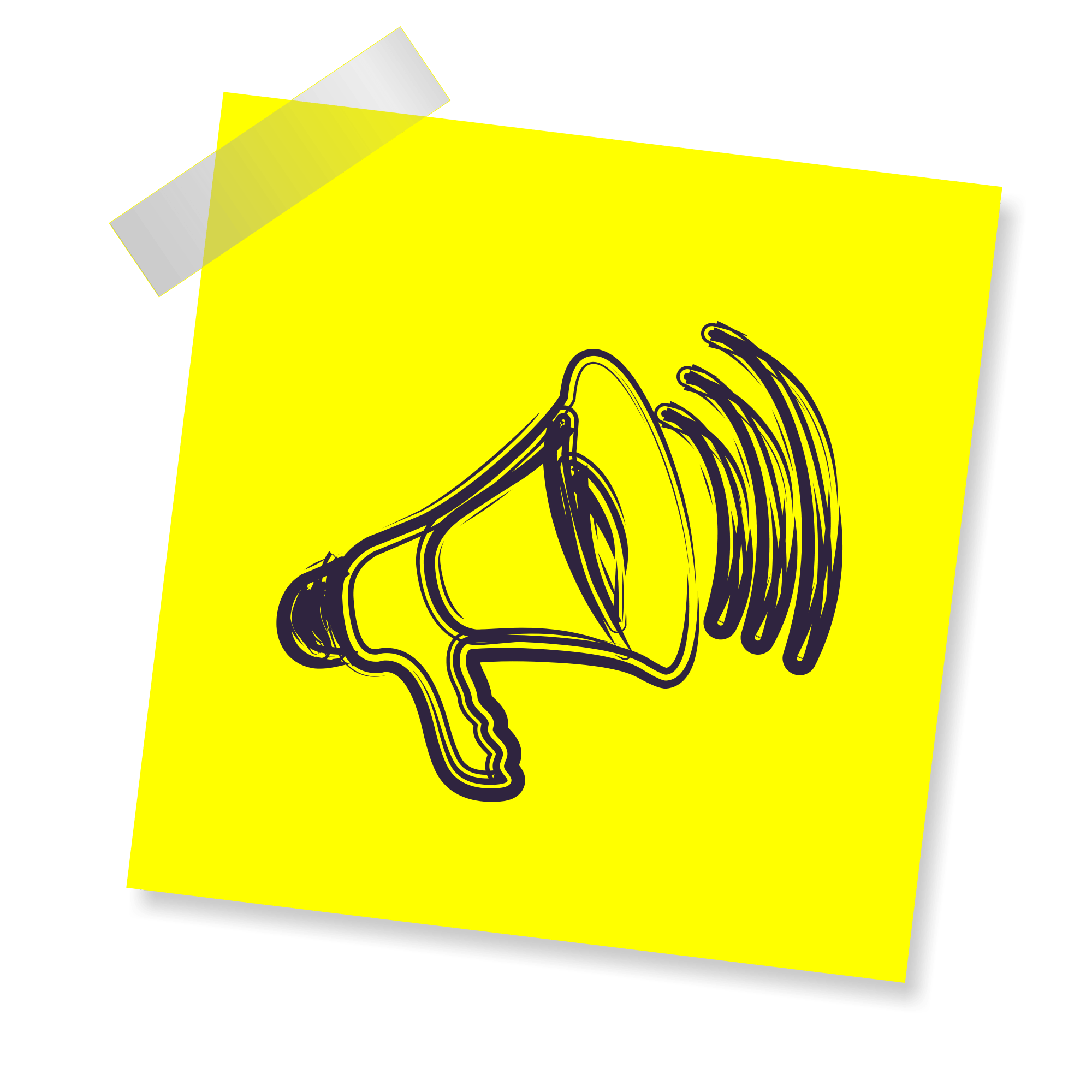Leads are Everywhere. Are you Capturing Them?
When we talk about “capturing leads” we’re of course using marketing jargon.
I don’t think of myself as a “lead” and I certainly don’t want to be “captured”. I assume you don’t either, but in the world of marketing, we’re temporarily stuck with these abstract terms until we get to know the individual.
So, let’s consider all the places where you could encounter potential leads — real people that can benefit from your service. Where can you find individuals or groups who are aligned with your service and might be open to working together?
- Chance encounters
- Conferences
- Events
- Meetings
- Office visits
- Presentations
- Traveling
- Networking groups
And consider where potential leads might see your visual marketing materials:
- Ads
- Apparel
- Business cards
- Handouts
- Print media
- Promotional items
- Signage
- Street projection
- TV spots
- Vehicles
That’s a lot of opportunities to tell your story.
How do you Start Marketing Conversations and Keep Them Going?
We know that traditional methods often fall short. Business cards get lost, are forgotten, or pitched-out. Beyond that, cards don’t invoke action.

How about “staying in touch” by swapping phone numbers or email address? Well, maybe, provided at least one person is motivated enough to reach out. That doesn’t happen consistently. Time goes by, the situation changes, inertia is lost. There’s no immediacy and no clear follow-up process that builds confidence and trust.
Filling out a website form? Not very personal. Generally speaking, we’re reluctant to do it. Website opt-ins are notoriously low.
Personal referrals? Can be great, but there’s no filtering — personal referrals may not fit your preferred client profile at all.
Leads Wants Answers. Right. Now.
Leads want 24/7 access to a knowledgeable person or expert, someone that can answer questions, solve issues, and guide them to the next action. The immediacy of a phone call is hard to beat.
But what happens when that expert is not around? Let’s say you’re that expert. You might have your phone number displayed all over town, but there’s no way you can take calls around the clock and still have a life.
Most service businesses are only open for live calls 40 hours out of 168 total hours in a week — 24% of the time! The other 76% of the time leads must rely on other communication channels, and that’s where the train leaves the track.

Most websites do a poor job of bringing leads into a marketing funnel. Typically, 95%+ of visitors poke around a bit, then leave without taking any action.
The time delay of voicemail and email responses kills momentum. How many times have you left a voice message, or sent an email message, only to get a lame response hours or days later. Too late!
Live chat has merit, but requires a knowledgeable person working the chat dashboard in real time. Still not ideal.
This is where mobile lead capture comes in. It involves a simple action (text a keyword), followed by an immediate response.
The response can include text, images, audio, or video — whatever it takes to introduce your service to your lead. It’s the next best thing to being there. Think about it, even if a lead is driving around in their vehicle in the middle of night, they can hear your introduction / explainer podcast within seconds. That’s very powerful. And just the beginning. Since leads have opted-in, your branded educational material keeps on comin’.
Mobile lead capture enhances other communication channels too.
Instead of the ubiquitous voice mail prompt:
“We’re not available, please leave your message at the tone.”
How about . . .
“Please text WILDFIRE to 444999 for immediate, detailed information on how to maximize your property damage settlement”.
Instead of a one-way request, we’ve already started a conversation, without touching a website.
When a potential customer sends that text message they are making a “micro-commitment”. Something that’s easy, fast, and less intimidating than calling a business they don’t know.
Mobile lead capture qualifies and pre-sells your leads without eating up your time. How? By sending an educational autoresponder series — pre-written email or text messages that explain the context, features, and benefits of your offer.
So when that first phone call happens, both you and your lead are better informed. Your lead has already figured out if they are a match for your offer, and you have actionable personal information on your lead.
How Mobile Lead Capture Works
Mobile lead capture combines offline flexibility with online automation. It’s voluntary, immediate, and consistently delivers your message.
Here’s how it works:
- Display your special keyword and shortcode anywhere offline. For example: “Text WILDFIRE to 444999”
- When your lead enters your keyword and shortcode in their text app, they are prompted to enter their email address.
- Your email automation app jumps into action: qualifying, educating, making offers, etc.

Mobile lead capture immediately triggers automated marketing that works for you 24/7, building your brand, offering solutions, and defining your company as the best choice.
There’s no delay and the follow-up is always consistent and timely. It’s also scalable — there’s no limit to the number of people that can get an introduction to your offer.
And how about this — depending on how active your lead is online, the mobile lead capture system may provide many additional details:
- Full name
- City
- State
- Zip code
- Gender
- Employer
- Job title
- Twitter bio
- Facebook profile
- Photo
Suddenly, you know quite a bit about your lead!
How is that possible? By tapping into your lead’s public social media profiles via their email address. It’s all automatic and happens within seconds. When I entered just my email address in the mobile lead capture system, here’s what came back. I don’t even use social media very much (personally), yet you get a pretty good idea what I’m all about:

This data is simultaneously uploaded to the drip email system. So I can start sending personalized messages right away, like this:
Hi Michael,
Thanks for reaching out today.
Did you know that many property owners receive less than the full insurance settlement they are entitled to? If you’re frustrated with the outcome of your claim, you’re not alone.
Thankfully, there’s a way to level the playing field, to get real help from a professional that works for YOU, not some big insurance company.
I’ll explain how a licensed “public adjuster” can maximize your property damage insurance claim settlement.
Remember, you are entitled to a full payout of any legitimate claim, up to the limits of your policy.
There’s no charge to independently review of your insurance policy and assess your property damage.
Please watch this short video, it could make a big difference in your claim settlement results:
If you have any questions, please call me directly at 555-555-5555.
Best regards,
Michael Charvet
The personalized email message can point to any resource on the web: a blog post, a conversational bot, an explainer video, etc.
Naturally, this method also captures your lead’s mobile phone number so you can CALL the lead, you know . . . like a human. It’s a beautiful thing.
So there you go . . . a powerful way to collect offline leads and drop them into your marketing workflow.
Text vs. Email
You might be wondering . . . why move leads to an email list, instead of using text messaging exclusively?
Text messaging has advantages, primarily fast opens and high click-through rates. It’s perfect for short alerts, time-limited offers, and events.
But not all situations fit the text messaging model. For example, I don’t want a text message just to tell me about a new blog post. Email is a better fit for that. And if it’s something I might want to find or consume later, I definitely want email so I can easily search for it.
Email automation apps employ sophisticated user behavior triggers to send highly relevant and personalized messages to the recipient.
Finally, sending email is dirt cheap compared to sending text.
Solution: use a mix of email and text messages. Benefit from the strengths of each medium. In this mobile lead capture scenario, you’ll probably end up with text for the initial communication, followed by email for the bulk of the messages, and perhaps punctuated with personal phone calls or (automated) text.
Takeaway
- Traditional lead capture methods are inconsistent and may not induce action
- A better way: bring leads into your automated email workflow via text messaging
- The system nurtures your lead 24/7: qualifying, educating, making offers
- Use a mix of email and text messages. Benefit from the strengths of each
- You don’t know what you don’t know. The only way to find out what lead capture methods convert best is to test and refine them.


